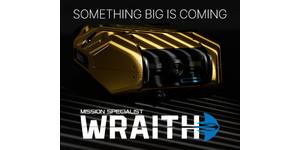Marine Technology Reporter Blogs - oceaneering
Understanding ROV Launch and Recovery Systems – Part 2

The main purpose of the heavy weather launch and recovery system is to stabilize and centralize the WCROV (Work Class ROV) and Tether Management System (TMS) with a device called a cursor which restricts horizontal movement while transitioning through the air/sea interface (called the splash zone). The splash zone presents the greatest risk of damage to the WCROV, TMS, and potentially the vessel. Large waves and high winds can cause the ROV and TMS to swing wildly, potentially impacting the vessel structure. As the vehicle is raised, this motion is amplified many times, which can make it difficult if not impossible to launch/recover the WCROV in foul weather. Another hazard is the close proximity of the WCROV to vessel hull mounted thrusters during entry and exit into the splash zone.
Deepwater Umbilical Challenges in Brazil and Worldwide
In the past all umbilicals were made of thermoplastics, used mainly for transport of hydraulic fluids to open or close valves, with separate hoses connecting to each valve on a subsea tree. As the deepwater production increased, concerns over possible failures on thermoplastic umbilicals mounted, triggering the development of the steel tube umbilical. Efficiency and reliability are the keys for deepwater umbilicals. The modern subsea umbilical used by the O&G industry provides transmission of electric and fiber optic signals, electrical power, hydraulic fluids, and injection of chemical fluids from the surface to the seabed through electric and/or fiber optic cables encased in thermoplastic and/or steel tubes.

 December 2025
December 2025



